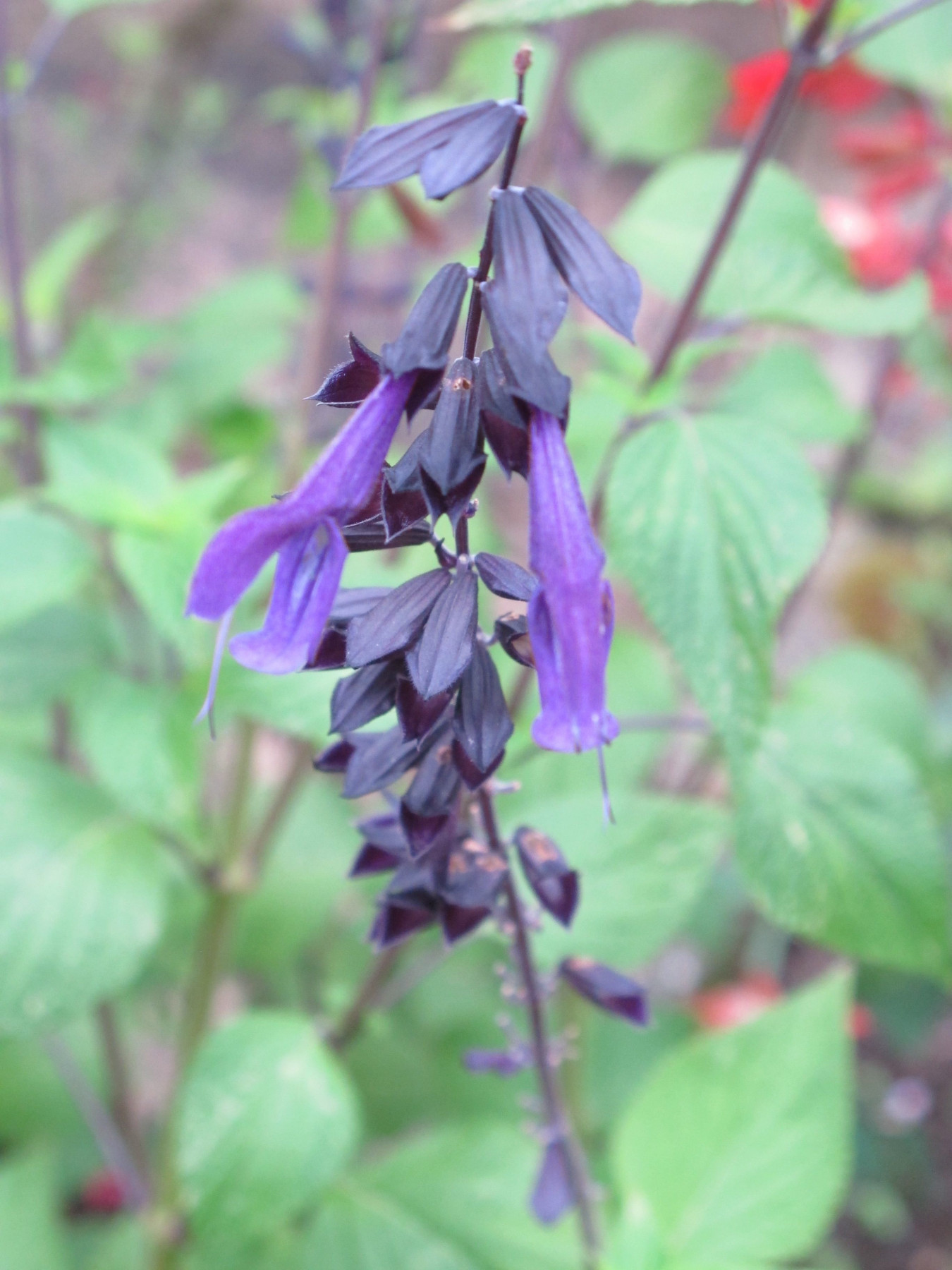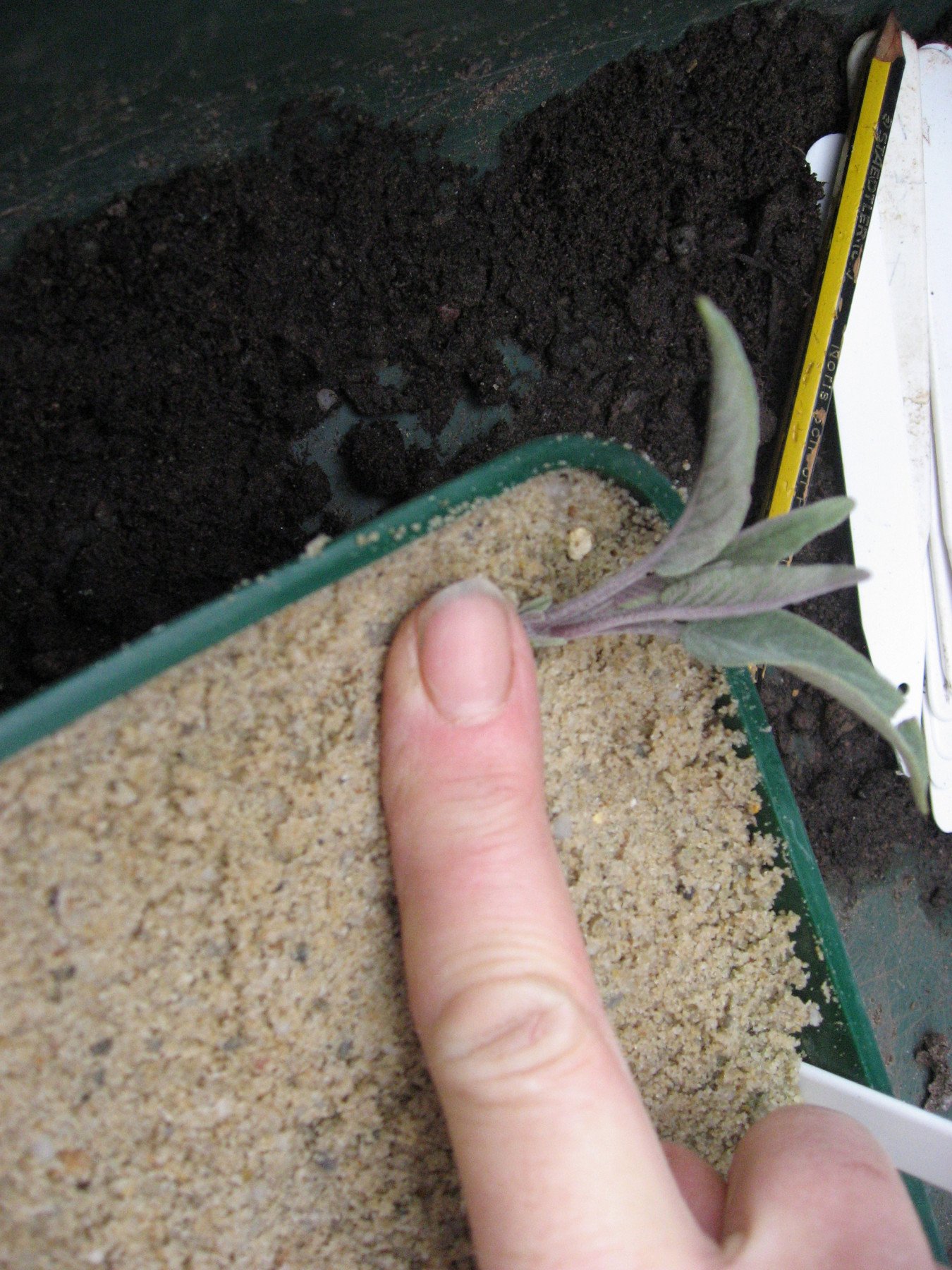
The best thing about having a Hartley greenhouse, especially in the sort of summer we seem to be having, is that you can get away from the weather. This year my peonies were washed away in mid-June and then my roses took a real battering at the end of the month. In fact I’ve never known a year like it, because even if one lot of flowers turns to brown mush, the others usually survive. Let’s hope my border phloxes, the other major player in my summer borders, don’t get washed away in July and August.
Luckily there’s always something to do under the shelter of glass and the great thing about having a greenhouse is that you can extend your range of plants – even if you haven’t got heating. Just keeping pots of agapanthus and lilies away from winter rain will see them through cold weather, because hardiness isn’t just about temperature it’s about wet roots. When the roots get wet and the pot freezes that’s when the real damage is done.
I’m particularly pleased with a wonderful dark-blue agapanthus named ‘Alan Street’. Alan’s a key part of Avon Bulbs, a Somerset-based nursery that specialises in snowdrops but also sells a range of the very best bulbous plants. Currently my potful has 18 promising buds and these will burst in July and reveal deep, indigo-blue heads of flower. Avon Bulbs brought 50 to the Hampton Court Flower Show last year and they sold out almost immediately.
This dark-blue agapanthus is a real breakthrough, because most really dark varieties ( such as ‘Black Panther’) are very shy of flower. Typically they may produce one or two flowers, whereas ‘Alan Street’ is really flower-packed. I first spotted it on the agapanthus trial at RHS Wisley and realised it was very special and I haven’t been disappointed.
If you got a frost-breaking electric heater, this will allow you to overwinter more exotic things such aeoniums, pelargoniums, succulents and one of my favourite plants – the plectranthus. This South African foliage plant is closely related to what gardeners used to call coleus. Botanists now decree that its solenostemon instead. There are dark ones and silvery ones and they make perfect fillers for scented-leaved pelargoniums. My galvanised tubs rely on this pairing, with the odd heliotrope thrown in, and they need little watering because both hail from South Africa in places where summers are hot and dry.

The velvety texture of the plectranthus mixes well with the intricate foliage that many scented-leaved pelargoniums have. Easy ones include ‘Attar of Roses’, smelling of roses as you’d suspect, and ‘Grey Lady Plymouth’ which I prefer to the brighter hued ‘Lady Plymouth’. Fibrex Nurseries have the best range. Once you’ve got them, cuttings can be taken in June, July and August. They root easily plunged into coarse horticultural sand as long as it’s kept damp. Fill sturdy small seed trays to the brim, or almost to the brim, and keep them at the back of the greenhouse and then just plunge the cuttings in as you take them. It works every time and then generally my cuttings stay in the sand until about February. By then they are well rooted and I can pot them up into a mixture of compost and perlite. Perlite’s expensive, but it keeps the compost warmer and it sheds excess water and the Best beloved is very good at drowning my plants! The very similar looking vermiculite holds onto water.
The other very accommodating plant, when it comes to taking cuttings, is the salvia. There are nearly a thousand species in this bee-friendly genus and it’s a member of the mint family or Lamiaceae. Most are defined by square stems, aromatic foliage and lipped, nectar-rich flowers. The most colourful flowers belong to the species found in Central and South America and they tend to be brightly coloured because many are hummingbird pollinated.
These American beauties are very useful in the garden because they’ve evolved to flower in what’s technically called ‘short days’, when there’s only roughly 12 hours of daylight and 12 hours of darkness. This means, when you grow these colourful salvias, they begin to peak in September and carry on flowering until November if they avoid frost. Many of them are high altitude plants ,so they positively enjoy the cooler temperatures September usually provides.
If you’ve got a greenhouse all you need do is dig up your treasure in late autumn, although it’s always a great idea to take cuttings of any salvia as an insurance policy. The ideal cutting is not too large, 2 to 3 inches in old money ( up to 7cm ) is about the right length and you need to trim it under the node, that’s the bumpy bit where the leaves join, using a cutting knife or sharp secateurs. Just pick off any flowering buds. If you find the leaves are very large, cut two thirds of the leaf way because this lessens transpiration. A polythene bag is useful at this stage, for soft cuttings such as salvias.
The most likely candidates on the garden centre bench are likely to be a tall blue, tender-for-me salvia called ‘Amistad’. This lovely salvia was first spotted growing in a small nursery in Buenos Aires and was circulated among salvia enthusiasts. Robin Middleton, who has a website entitled Robin’s Salvias, was almost certainly the first Englishman to clap eyes on it when he saw it in a friend’s garden close to Buenos Aires. By 2005 it was appearing at trade shows in America and it can now be found in British garden centres.
It’s a stunner because the purple-blue flowers are held in black calices. The impresssive flowering spike produces long, slender flowers on one side only, and the light-green foliage sets off the sultry flowers and stems really well. The dark calices and flower form indicate an allegiance to Salvia guaranitica, a species found in a wide area that includes Argentina and Brazil. In America, S. guaranitica is recommended for zones 8-11 and is hardy to -5C. Gardeners in the south of England leave ‘Amistad’ in successfully but I have lost plants during the winter in the wonderfully named village of Cold Aston in Gloucestershire.

Also look out for ‘Love and Wishes’, an Australian-bred salvia that’s part of the Wish Series. This shorter salvia has bright green, slightly shiny foliage and lots of purple-pink flowers held in dark calices. It reaches a couple of feet in height, for me, and it’s an ideal container plant because the many stems splay outwards. Too many salvias go straight up and look rather ungainly in containers. ‘Kisses and Wishes’ is a pink version and ‘Wendy’s Wish’, a magenta-pink. ‘Love and Wishes’ is a favourite of mine because of those dark, papery calices clasping the flowers.
There are salvias that can be left in the ground, although the not as showy. These have smaller flowers and generally they are named versions, or hybrids, involving Salvia microphylla. Many of these are ‘microphylla’ types are hardy and William Dyson of Dyson’s Nurseries in Kent has named some after his family. The clear-red ‘Dyson’s Crimson’ has survived several cold winters in my garden. ‘Silas Dyson’, another winter survivor, is a deeper red. Salvia microphylla inhabits a large area including south-eastern Arizona and the mountains of eastern, western and southern Mexico. Most forms have magenta-red flowers. Cut them back to the lowest buds in spring.
The less hardy S. greggii, which is found in a narrow band running southwards between south-west Texas and Mexico, overlaps with S. microphylla in the wild. The bees have produced natural hybrids between the two. One hybrid, found growing in the Sierra Madre range in north-western Mexico, was identified by the botanist James Compton in the early Nineties, near Jame, in Mexico, and dubbed S. x jamensis after the nearby village. These hybrids come in a wider variety of colours, but sadly I lose them. The pinkish ‘Peter Vidgeon’ is sadly missed. You have to be tough to survive in the upper reaches of The Cotswolds!
If you want to buy salvias, go to Dyson’s Nurseries – www.dysonsalvias.com



